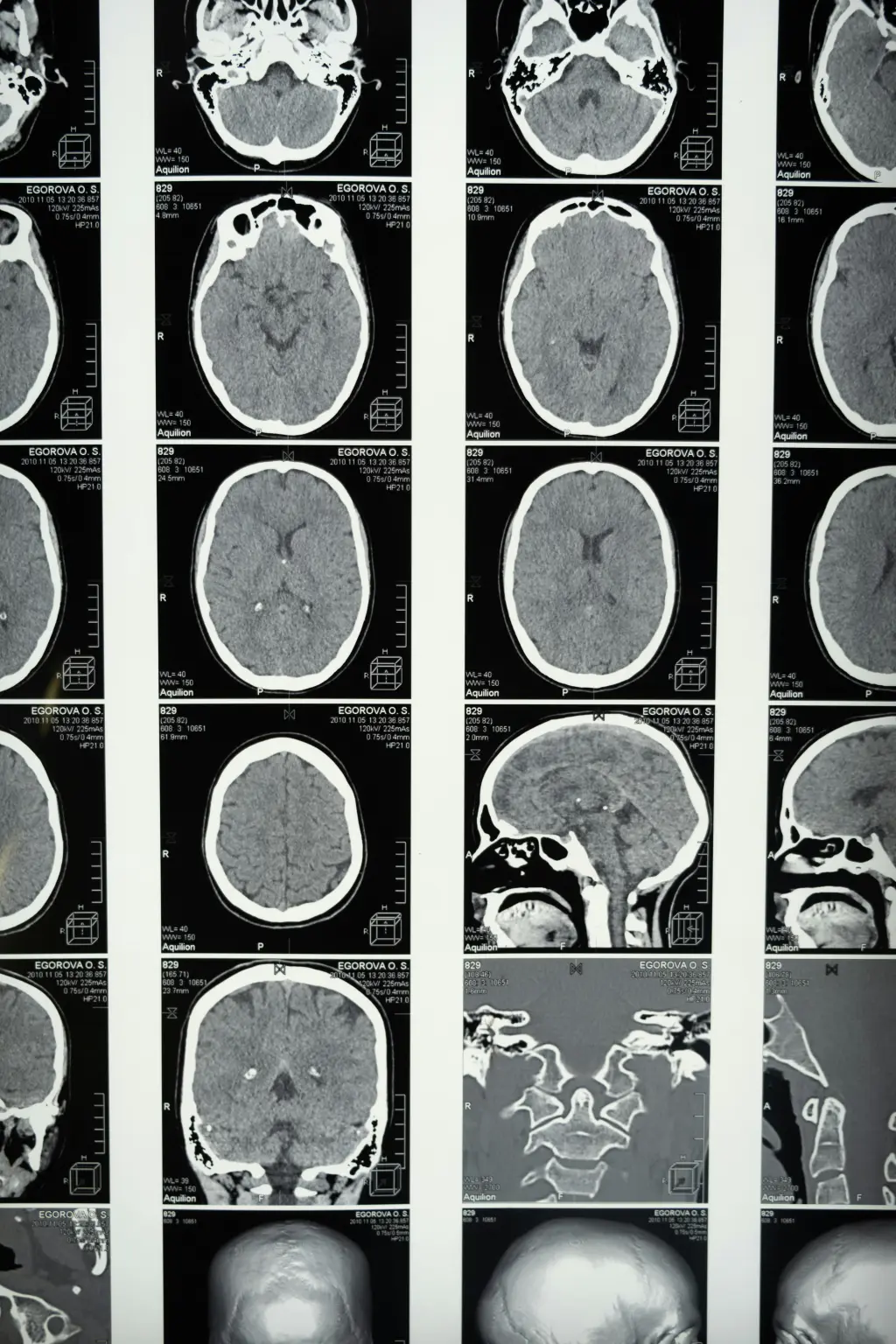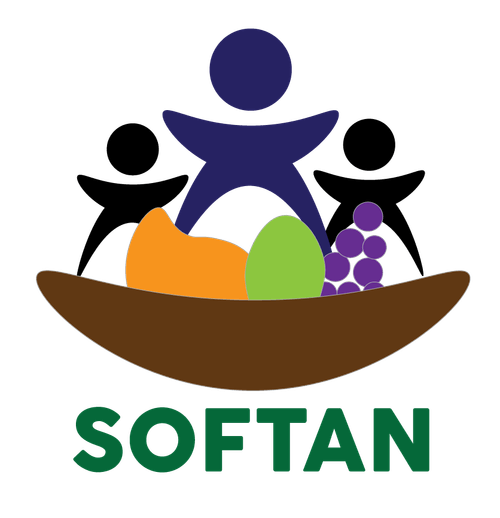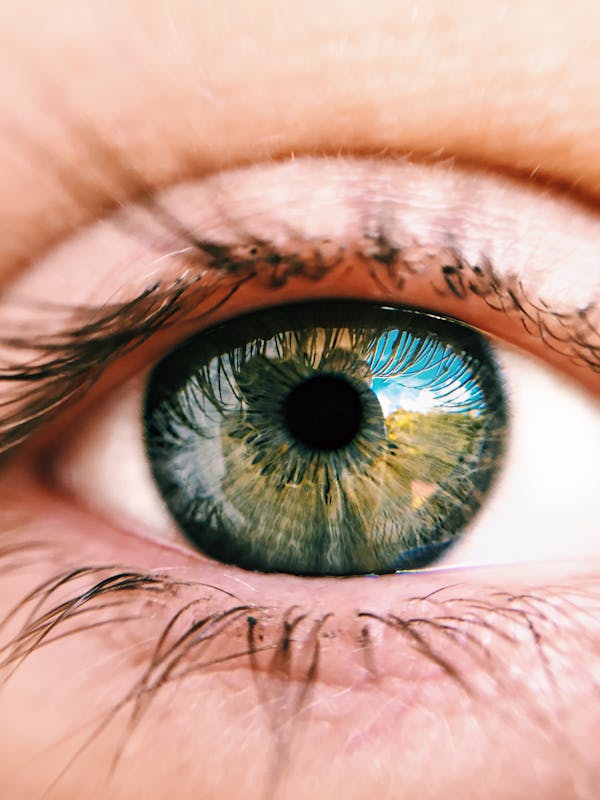Advice on helping children recover from concussions has evolved in recent years. Each year, approximately two million children and teens experience concussions — a common brain injury caused by a blow to the head or body that forces the brain to move rapidly inside the skull. A concussion can happen even after seemingly minor injuries, such as a push or a sports collision.
Recognizing the Signs and Symptoms of Concussion
Concussions may not always seem serious externally, so it’s crucial to recognize their symptoms. These can include:
- Loss of consciousness (a possible sign of a more severe brain injury)
- Headache
- Dizziness
- Blurred or double vision
- Sensitivity to light or noise
- Confusion or disorientation
- Memory problems (especially recalling details of the injury) or trouble concentrating
- Poor balance or coordination
- Mood changes
Some symptoms are visible to others, while others are only felt by the person with the concussion. Because symptoms may not appear immediately after the injury, it’s essential to keep an eye out for them in the following days. The CDC’s Heads Up website provides valuable resources on concussion recognition.
Preventing Further Brain Injury
Early identification of a concussion is vital because the worst thing for someone with a concussion is to suffer another. After a concussion, the brain is particularly vulnerable. A second injury can prolong recovery or lead to lasting damage, such as chronic traumatic encephalopathy (CTE), a condition seen in athletes with repeated head injuries.
If a child is suspected of having a concussion during a sports activity, they must immediately stop playing and seek medical attention. Medical professionals will assess the injury, rule out more severe brain trauma, and track symptoms over time. Special questionnaires used by doctors can be repeated in the days or weeks following the injury to monitor recovery.
Helping Children Recover from Concussion
For years, experts recommended extensive rest after a concussion, advising against any physical activity, schooling, or even mental stimulation like reading or watching TV. However, recent research has shown that this approach may slow recovery rather than help it.
While rest is still crucial initially, experts now recommend a gradual return to daily activities as symptoms improve. However, this process should be guided by a healthcare professional who will decide when it’s safe to move from rest to light activity, and then to moderate and regular activity. The timeline varies from child to child, with some recovering quickly and others taking weeks or even months.
Parents, schools, and coaches all play important roles in supporting a child’s return to regular activities and sports. In rare cases, children may experience post-concussion syndrome, with symptoms like headaches and fatigue that persist for extended periods, which can be particularly challenging.
Preventing Concussions: Tips for Parents
While it’s impossible to prevent all concussions, parents can take steps to reduce the risk:
- Ensure children use seat belts or other appropriate restraints in vehicles.
- Supervise children during play, especially when biking, climbing, or using playground equipment.
- Since many concussions occur during sports, it’s crucial that teams and coaches prioritize safety. Coaches should teach safe playing techniques to avoid collisions and other dangerous situations. Talk to your child’s coaches about how they maintain player safety.
- Helmets can prevent many head injuries but are not foolproof against concussions.
By being proactive about safety and recognizing concussion symptoms early, parents can help their children recover safely and prevent future injuries.








